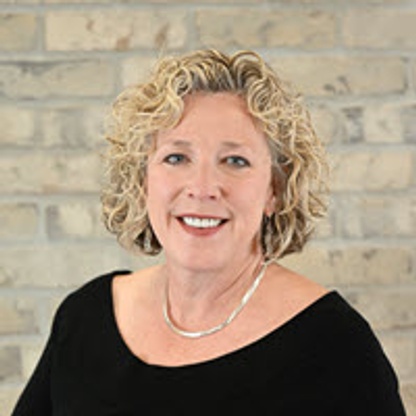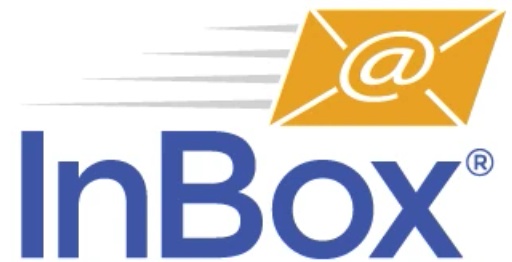
Moving Lean Simulations to a Virtual Setting
April 3, 2023As a global leader in online Lean Six Sigma training courses, we're well-equipped to handle a permanent shift to online classrooms. But much like every organization, the effects of COVID-19 pushed us outside of our comfort zone in multiple ways.
Moving Inbox to Your Inbox
Our most popular Lean simulation is called Inbox. It's a hands-on, one-day simulation illustrating Lean principles and best practices. Before the Covid lockdown, we had run Inbox hundreds of times, but always in person.
It takes 6 to 8 hours to do, and it's very interactive, so we didn't even consider running it virtually when building it out. It just never felt like a feasible option — how do you keep people engaged during a day-long Zoom session?
Plus, one of the key principles of Lean is Gemba — the place where the real work happens. How do you run a Lean simulation when everyone is working from home?
So, although we never planned to offer Inbox virtually, COVID-19 forced our hand. When clients still wanted to run the simulation, we knew our only option was to move it online.
The result turned out far better than we ever expected.
Adjusting to a New Way of Teaching Lean Simulations
Here are some key takeaways that we discovered when pivoting to an online setting:
- Rather than running Inbox for 15 people — like we usually do in person — we ran it for 39 people. And the online setting actually increased participation!
- We used breakout rooms so smaller groups could get together and have conversations, which kept people even more engaged than normal. In a typical classroom setting, it's easy for someone to disappear and not participate. But virtually, everyone could type in the chat and contribute from their remote location.
- We also used multiple presenters, rather than just one, to provide different voices and perspectives throughout the day.
- Early on, we realized that we couldn't maintain this virtual simulation setting on our own, so we sought external help. With Mural, an online intelligence platform, we created a seamless opportunity for participants to collaborate in real time via digital whiteboards.
- When we realized we were moving to a virtual environment for the long term, we practiced and practiced. We documented the new standard work of delivering a simulation virtually. What potential problems might the instructor run into using electronic simulation and collaboration software on a meeting platform? That is a lot of technology for instructors to deal with at one time. They needed to practice, practice and practice to get comfortable.
- We also realized over time that we needed to change up the time frame of the training. A one-day-long, in-person event translated into two four-hour sessions with several breaks incorporated throughout. Zoom fatigue is a real thing. Not just for the participants but the instructors as well.
Check Out Gridlock, Our Newest Sim Built to be Delivered Virtually or In-Person!
The Future of the Virtual Simulation is Bright
Virtual simulations have never been more popular. Inbox is something we never thought would work online, but we gave it a try because of COVID-19. There was an urgency during the pandemic for companies to deal with their new and changing situation. Things were changing daily, whether it was getting people vaccinated or building and shipping products.
Now that we're out of the crisis mode, companies know that so many aspects of training are important to the organization; building problem-solving capabilities, building a cohesive team, helping people understand end-to-end value streams, and simply getting together. Simulations are a natural fit for all of that.
When we started down the path of delivering sims virtually, I thought that it would be for a brief period, and then things would go back to 'the way they were.' It's obvious to me now that hybrid work is here to stay.
Running a simulation virtually helps you prepare for running a problem-solving activity virtually. It's just how we work now. And shouldn't the simulation mirror how we work?
Editor's Note: This post was originally published on May 27, 2020, and has been updated for accuracy and comprehensiveness.
Interested in Inbox? Learn more and schedule a live demo.

President • MoreSteam
Peg Pennington joined MoreSteam's executive team in 2018 and today leads all company operations as President. Previously, Peg was the Executive Director of the Center for Operational Excellence at The Ohio State University, where she helped shape the Master of Business Operational Excellence ('MBOE') program and strengthen standards for Lean Six Sigma certification. She serves on the board of directors for the Lean Enterprise Institute (LEI). A recognized voice in operational excellence, Peg speaks at over a dozen national conferences each year and leads product workshops.
Before joining MoreSteam, Peg was the Executive Director of the Center for Operational Excellence at The Ohio State University. Peg holds a bachelor’s degree in finance from Michigan State University and an MBA from the University of Dayton.




